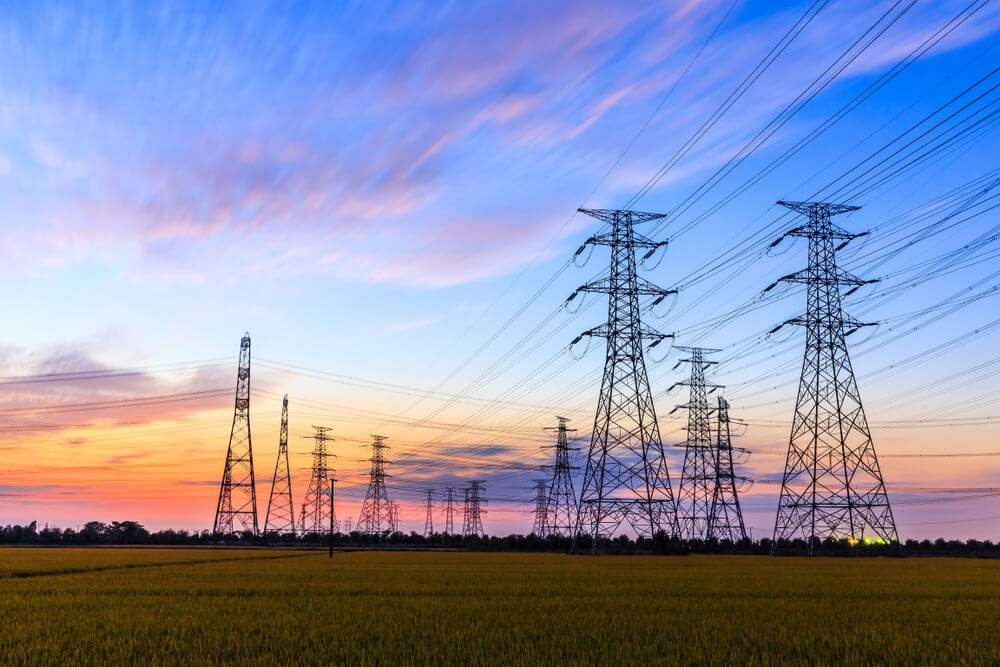News & Media
EPA Proposes Regulatory Fixes to Address U.S. Electricity Challenges
June 20, 2025
By Bob Martin:
One year ago, I published an article titled One year ago, I published an article titled “The Next U.S. Energy Crisis: Electric Power,” warning that the United States was facing a “perfect storm” for an electricity crisis that will jeopardize reliability and significantly increase prices over the next two decades. This storm would be fueled by a sharp rise in electricity demand, an electric grid that needs massive investments and upgrades, a fast-moving—but still insufficient—transition to renewable energy and overly restrictive regulations from the U.S. Environmental Protection Agency (EPA) that would reduce existing generation capacity while limiting new development. Avoiding this impending crisis (and the likely blackouts and price hikes that would arrive with it) requires serious focused action by the Federal and State governments.
At the heart of the “perfect storm” were EPA’s final rules, published on April 25, 2024, targeting “stationary sources,” which imposed stringent requirements on existing coal-fired and new gas-fired power plants to reduce greenhouse gas (GHG) emissions. These new rules, known as the EPA Power Plant GHG Rules, would effectively force the closure of all existing coal-fired power plants by 2032 and halt any new investment in efficient low-emitting natural gas plants starting today. This is particularly relevant because these rules target Electric Generating Units (EGU) that are connected to the grid. EGUs are considered base load power, which means they run almost 100% of the time to keep America’s lights on. These units are also considered “dispatchable” electricity generation, meaning they provide the ability to call upon a specific generation source for immediate use—night or day—to meet electricity demands.

Thankfully, on June 11, 2025, EPA unveiled a sweeping proposal to repeal key emissions regulations on fossil fuel power plants—marking a significant shift in federal energy and environmental policy. This move, aimed at bolstering domestic energy production and reducing operational costs, is expected to have wide-ranging implications for consumers and businesses.
EPA Administrator Lee Zeldin announced the proposed repeal of greenhouse gas emissions standards under Section 111 of the Clean Air Act, along with the 2024 amendments to the Mercury and Air Toxics Standards (MATS). These regulations, introduced during the Biden-Harris administration, had imposed stringent compliance requirements on coal-, oil-, and gas-fired power plants. According to the EPA, the rollback could save American businesses and consumers over a billion dollars annually.
“Affordable, reliable electricity is key to the American dream and a natural byproduct of national energy dominance,” Zeldin stated in an EPA press release, emphasizing the importance of energy affordability for sectors such as manufacturing, transportation, and agriculture.
For all Americans, the proposed changes signal a potential reduction in energy costs and regulatory burdens. It will also have a positive impact on businesses and industries reliant on high energy consumption. The EPA argues that easing restrictions will enhance grid reliability and support economic growth by unlocking domestic energy resources. EPA expects to implement these regulatory changes by the end of this year and is currently accepting public comments on the proposal.
It should also be noted, however, that the proposal is likely to face significant legal challenges and scrutiny from environmental groups and some state governments.
This regulatory change represents the first major step in confronting the looming “perfect storm” electric energy crisis that will jeopardize reliability and significantly increase prices over the next two decades. While reducing carbon emissions and increasing renewable energy development remain important goals, it is critical that the U.S. prioritizes maintaining and expanding its reliable power generation capacity. It is only by doing so that American families will be able to afford to keep the lights on with continued reliability.